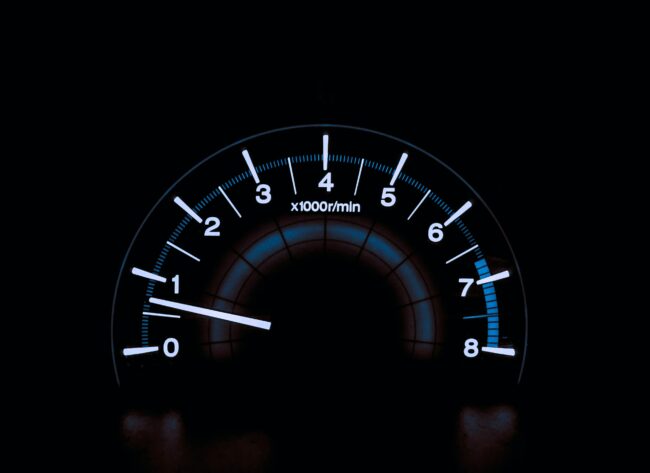
Knowing about how to read miles on a car is crucial to making an informed purchase. The importance of mileage, how to find and read an odometer, how to interpret mileage, and how to confirm mileage accuracy are all covered in this tutorial.
Distance and Its Value
Why Distance Counts
Mileage is a key factor that can significantly affect:
- The car’s value: A high mileage can decrease a car’s worth.
- The car’s condition: A car with lower mileage usually has less wear and tear.
- The future maintenance costs: Higher mileage cars often require more frequent and costly repairs.
Locating and Reading the Odometer
How to locate the odometer
On the dashboard is the odometer, which shows the mileage of the vehicle. Here’s where to look for it:
- Sit in the driver’s seat.
- Look at the instrument panel behind the steering wheel.
- Identify the digital or analog display labeled “Odometer.”

Checking the mileage
Reading the odometer is straightforward:
- If it’s a digital display, the number shown is the total mileage.
- If it’s an analog display, read the numbers from left to right.
Interpreting the Mileage
The mileage gives insights about:
- The car’s history: A higher mileage indicates that the car has been used extensively.
- Expected lifespan: Cars with lower mileage are typically expected to last longer.
- Maintenance schedule: Mileage can help determine when the car is due for routine maintenance.
An Essential Tool for Precision Testing and Ethical Use
A mileage blocker is the best option. It directly stops counting up extra mileage rather than deleting already traveled miles. Manufacturers built it for testing purposes so that buyers could easily verify the functionality of their vehicles. This module provides undetectable performance, regardless of whether your odometer measures distance in kilometers or miles.
Some individuals use the mileage blocker on the highway because it prevents control devices from registering mileage. Some wish to make up for previous inconsistencies, while others want to make more money when selling their automobiles. Always remember that everybody should use the device legally without unethical purposes. Purchasing a high-quality mileage blocker is a terrific option if you just want to monitor the performance of your automobile.

Verifying the Accuracy of the Mileage
Odometer Fraud
Unfortunately, some unscrupulous sellers may tamper with the odometer. Here are a few tips to detect potential fraud:
- Check the car’s maintenance records. Each record should include the mileage at the time of service.
- Inspect the wear and tear. If it doesn’t match the reported mileage, it might be a red flag.
- Get a vehicle history report.
Finally, knowing how to read and understand the mileage on a car can prevent problems and financial losses.
Always verify the accuracy of the mileage before purchasing a used car to ensure you’re making a sound investment.
Latest Posts
- 1
- 2
Is Buying a Car with Over 100k Miles a Good Idea?
April 10, 2024 - 3
Why Are High Mileage Cars So Expensive? – A Guide
April 5, 2024 - 4
Where Is The Mileage Located In A Car?
April 3, 2024 - 5
Whats High Mileage in Vehicles?
March 29, 2024 - 6
What’s The Gas Mileage On A Smart Car: A Comprehensive Guide
March 27, 2024 - 7
At What Mileage Should You Sell Your Car?
March 22, 2024 - 8
Should You Buy a Car with Over 100k Miles?
March 20, 2024 - 9
Should You Buy a Car with 100k Miles?
March 15, 2024 - 10
Understanding ODO Meaning in a Car
March 13, 2024








